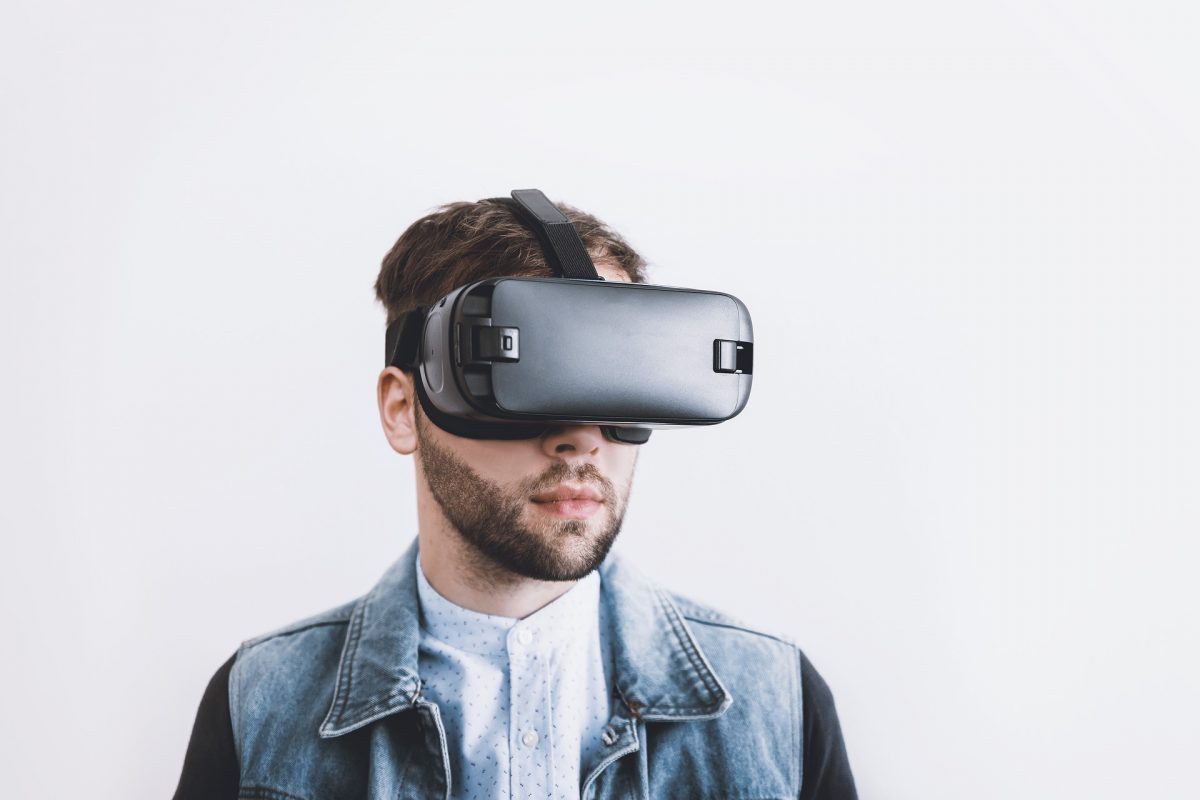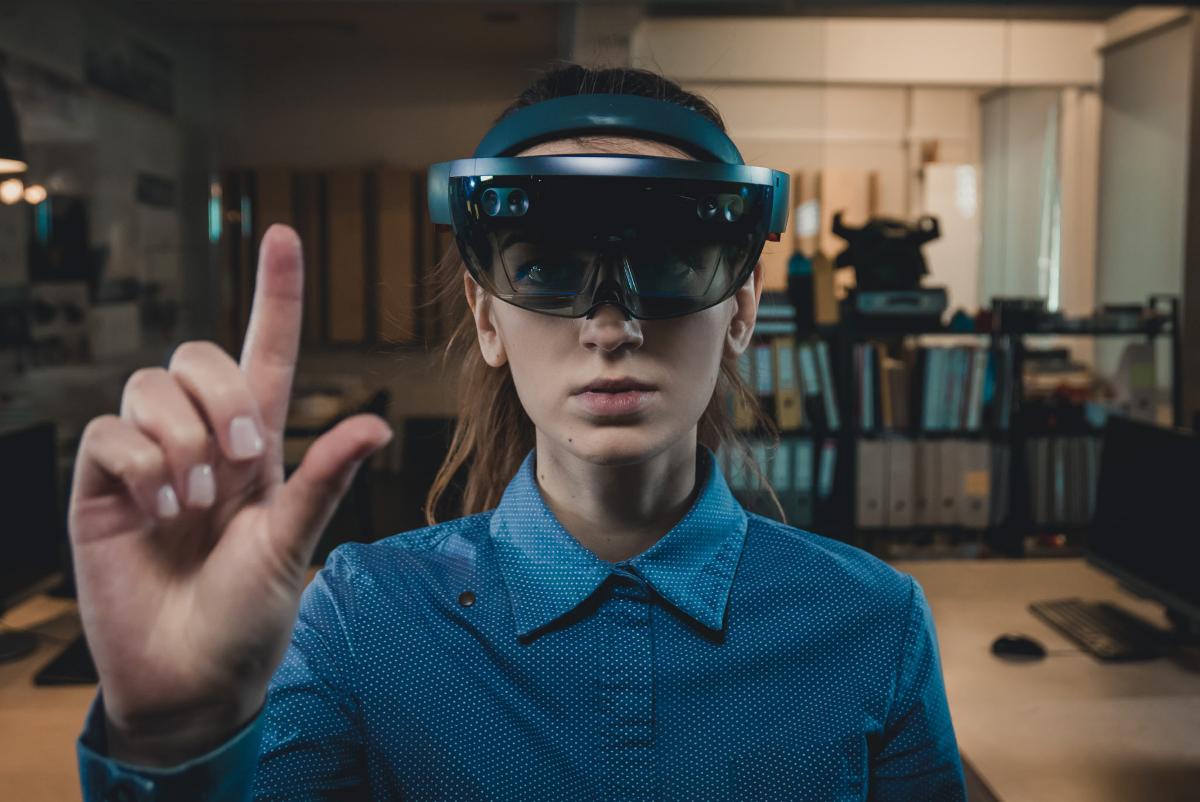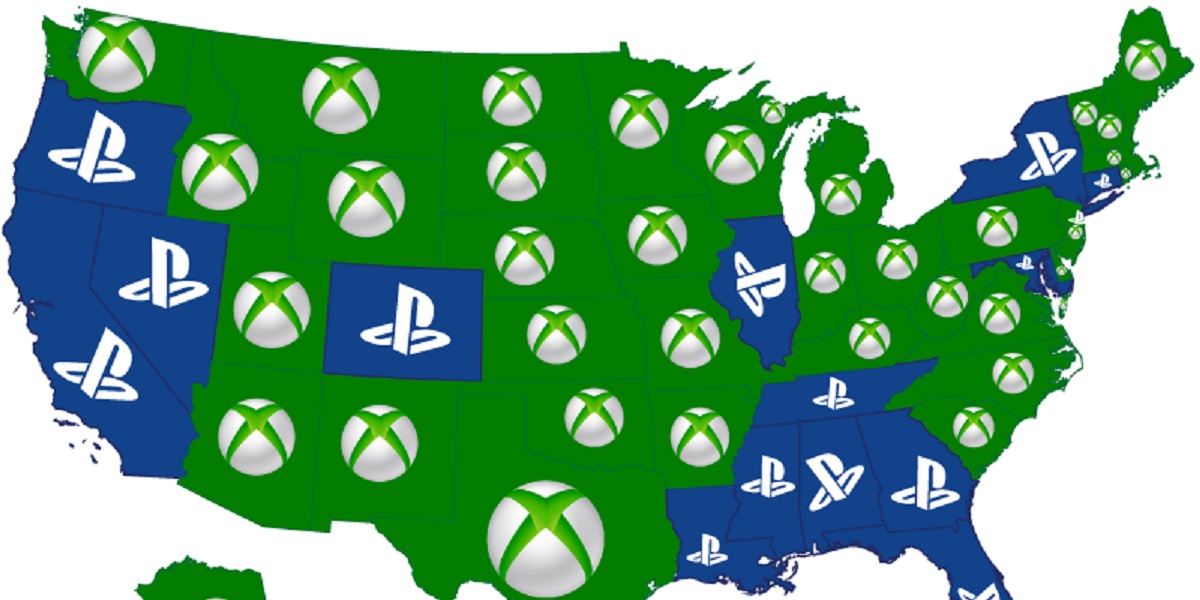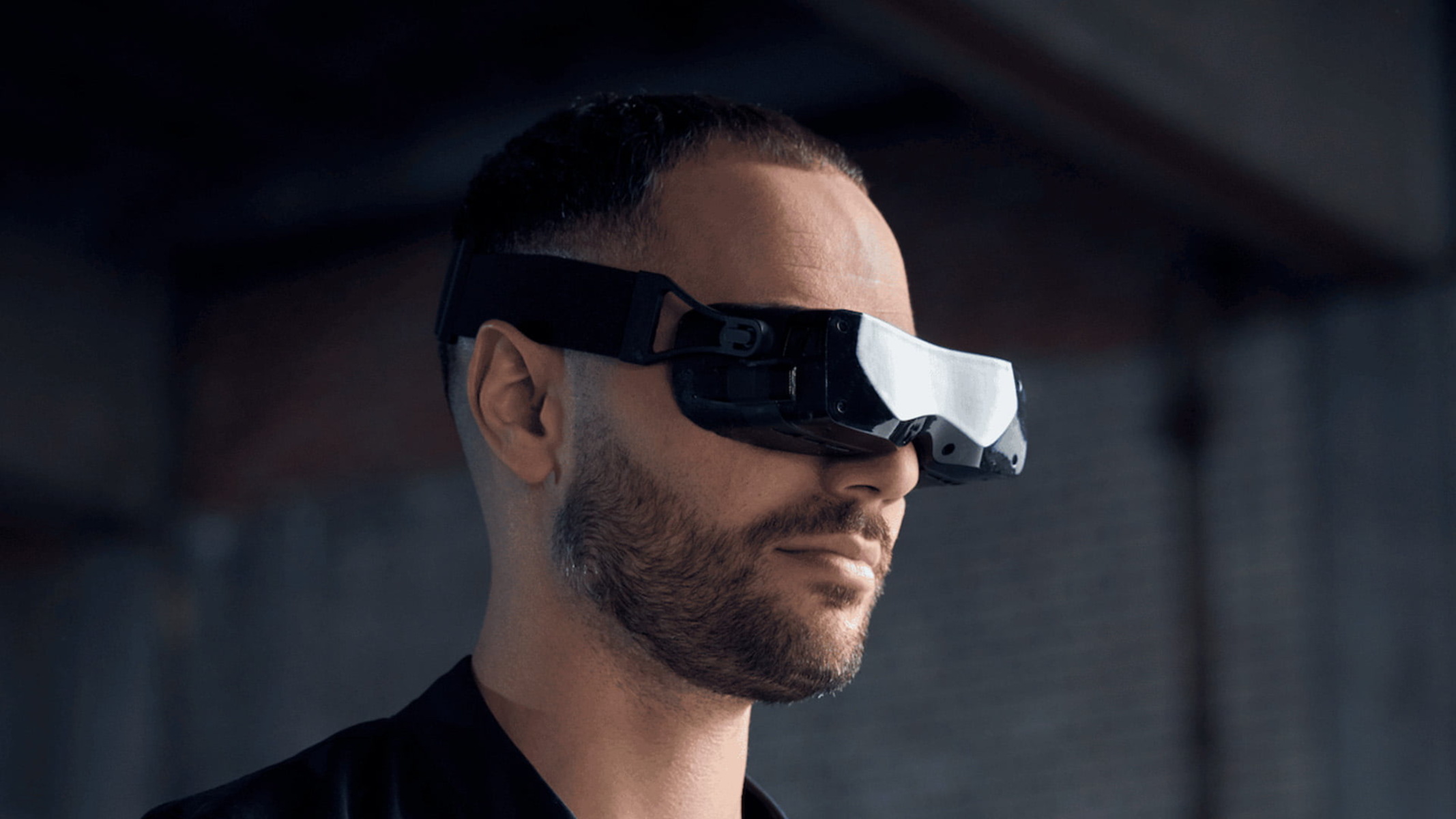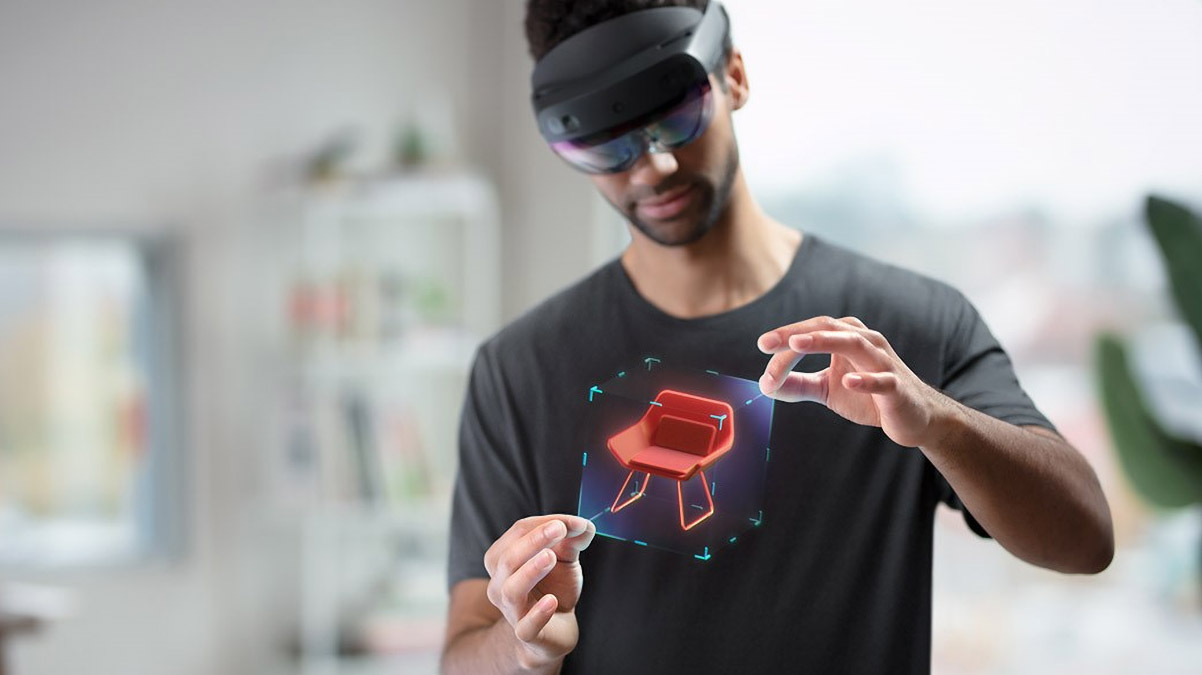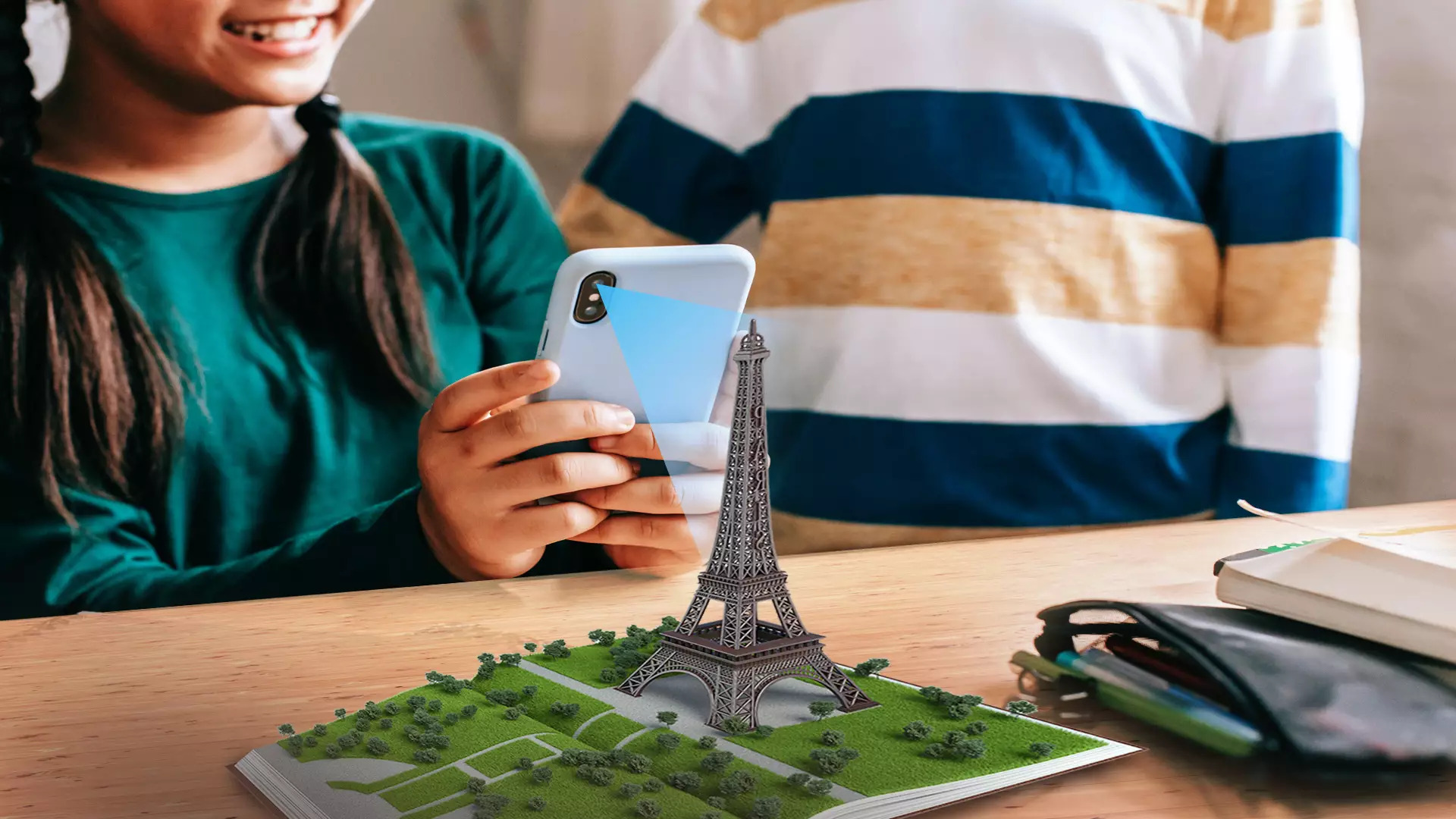If one day you see people strolling at the side of the street wearing VR headsets, don’t be so surprised. The idea may sound crazy and to some extent risky, but believe it or not, this may become common in no time.
And who’s behind this out of the box idea? It’s no other but Microsoft.
Researchers from the company have developed a VR system that will allow people to walk from one place to another in the real world while experiencing a completely different place in virtual reality. They call this new Microsoft VR project simply as “DreamWalker”.
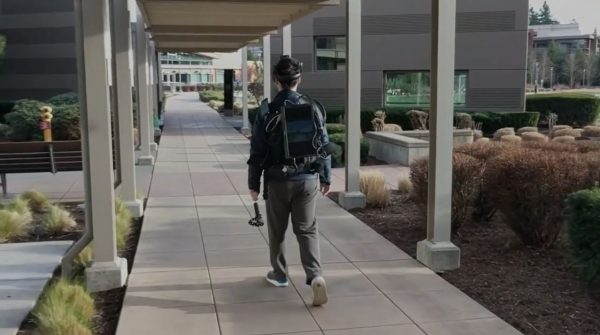

Microsoft describes the project as “a method for allowing people to safely navigate a given route in real-world environments….while seeing themselves strolling a different VR world.” This suggests that people can now transform their daily walk to work, per se, into a walk through Times Square in VR.
The technology is similar to a previous Microsoft VR project, VRoamer, which enables playing a VR game inside an uncontrolled indoor environment. The company takes the technology to the next level.
A Question of Safety
People are always interested in what’s new in the market. Whether they would try out this mindblowing new technology is not the question. But the question of safety remains a concern.
It’s fun to blind yourself from the real environment with a VR headset while you navigate a completely different world. What wouldn’t be so fun is when you suddenly trip or walk over a canal. It can even come to the worst.
But if you are willing to bet your safety, Microsoft promises to have your back. The company says that DreamWalker is possible with a fully immersive VR headset with the power of a variety of sensing technology. With GPS, Windows Mixed Reality inside-out tracking, and RGB depth cameras, it would be possible to detect obstacles discovered along the way.
How Does DreamWalker Works?
In a newly released video, DreamWalker shows how it looks like to turn real-world walks into VR experiences. Eight testers walked for 15 minutes through Microsoft’s campus while seeing one of three VR environments: New York City, a beach, and a frontier town.
Before the walk, DreamWalker plans the real-world path and a corresponding virtual environment base on geolocation data. It also identifies potential corrections in the virtual world to avoid collisions in the real world.
In the video, DreamWalker redirects users during the walk to correct the differences between the real and virtual paths. It also introduces virtual scenarios that will force users to correct their paths, such as roadblocks. The technology also introduces moving characters in the virtual world as representations of the Moving obstacles in the real path.
It also has a real-time environment detection technology that helps create accurate additional virtual content outside users’ field of view. It creates changes in the virtual world while a user’s gaze and attention are fixed on something else. This way, it avoids unnatural object to suddenly pop up and obstruct the user’s view.
Is Public Ready for DreamWalker?
With this project, Microsoft aims to “explore a future in which people spend considerably more time in virtual reality”. But it would still take a lot of work to make the technology available for the public. Because in truth, the public may not yet be ready for this kind of immersive VR. We’ve seen similar attempts to develop technology that will allow the use of VR or AR in public. And none of them have perfected the security and safety issues it entails. We don’t want a sudden surge in accidents just like what happened for Pokemon Go when it was launched years back.







